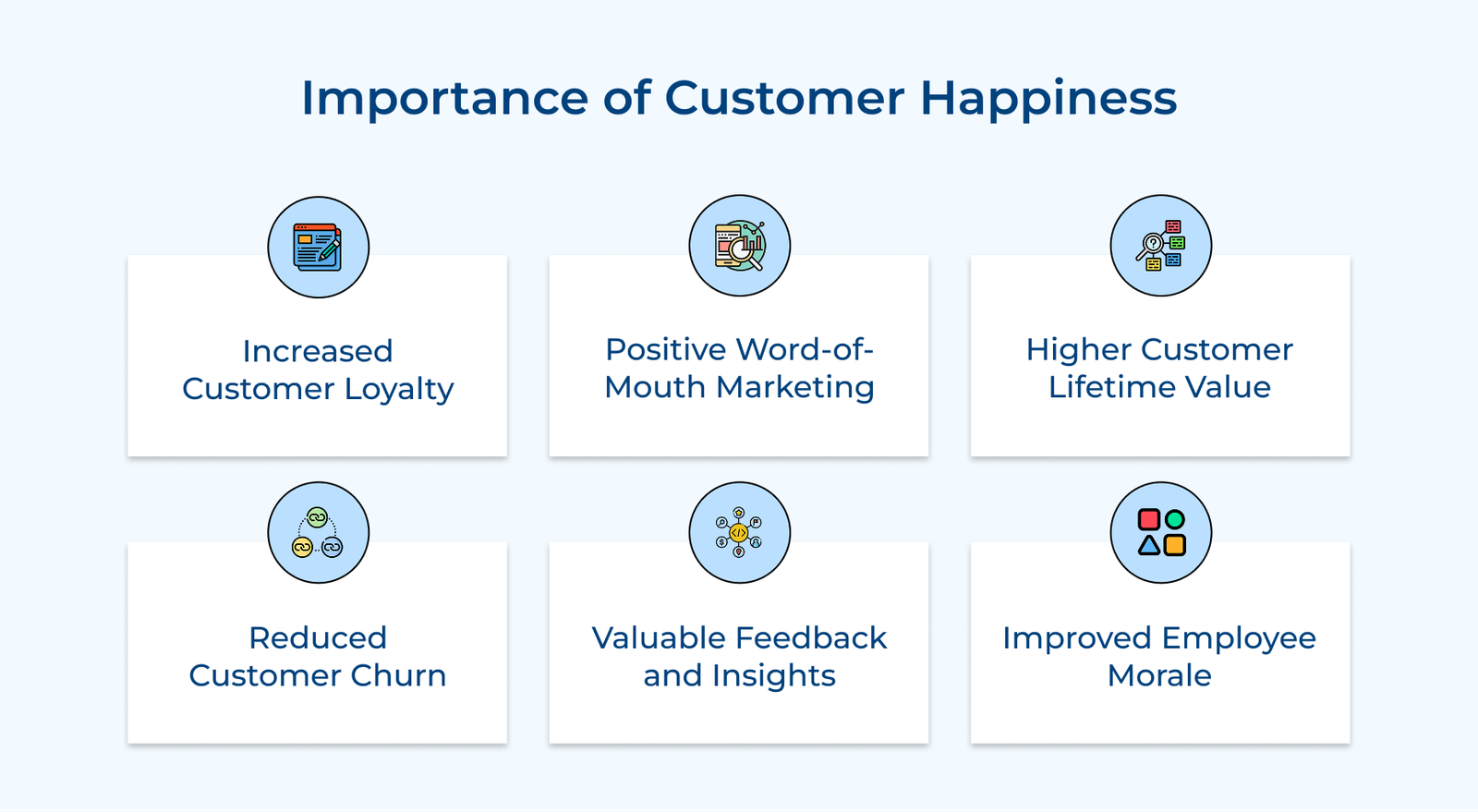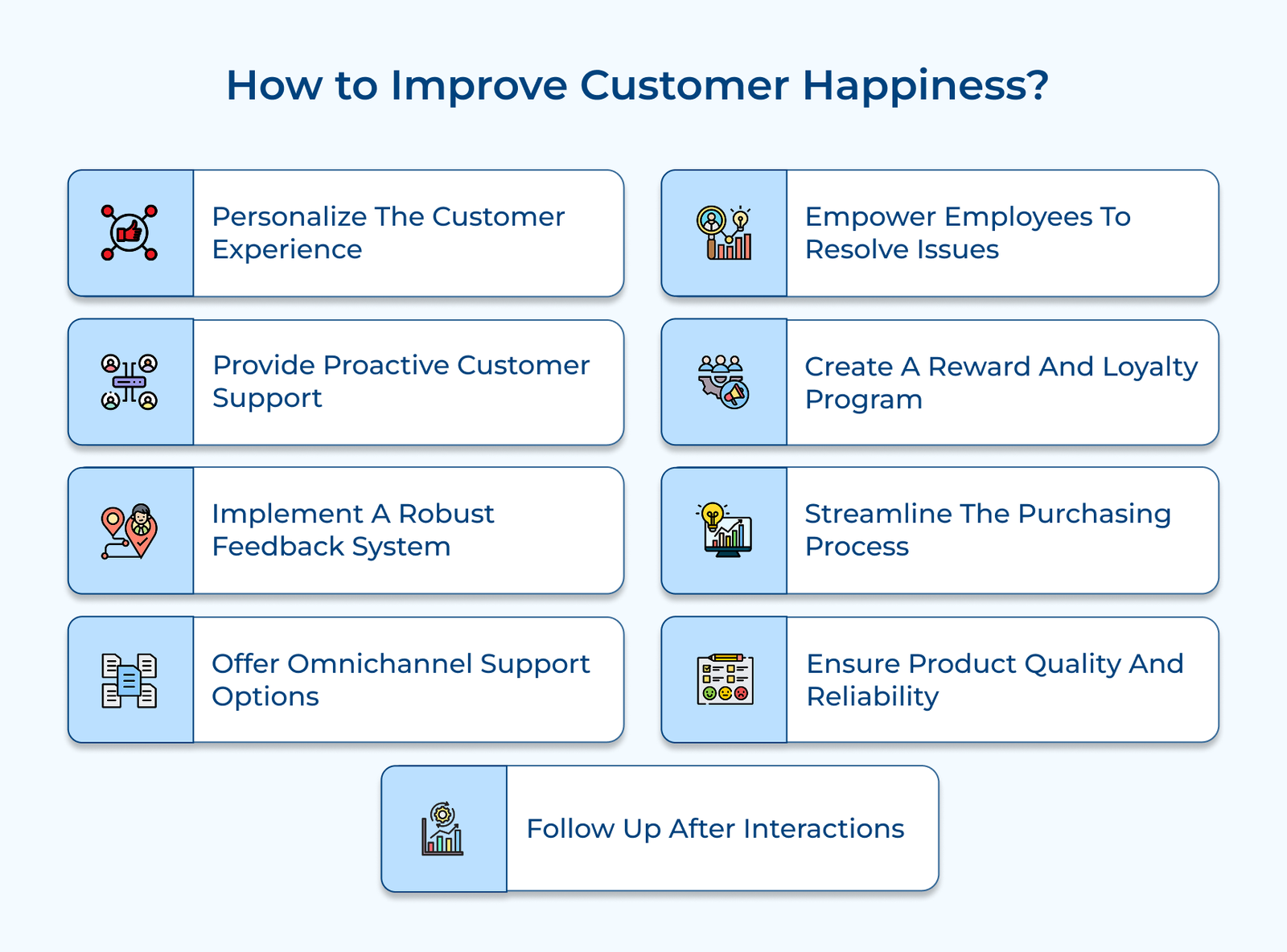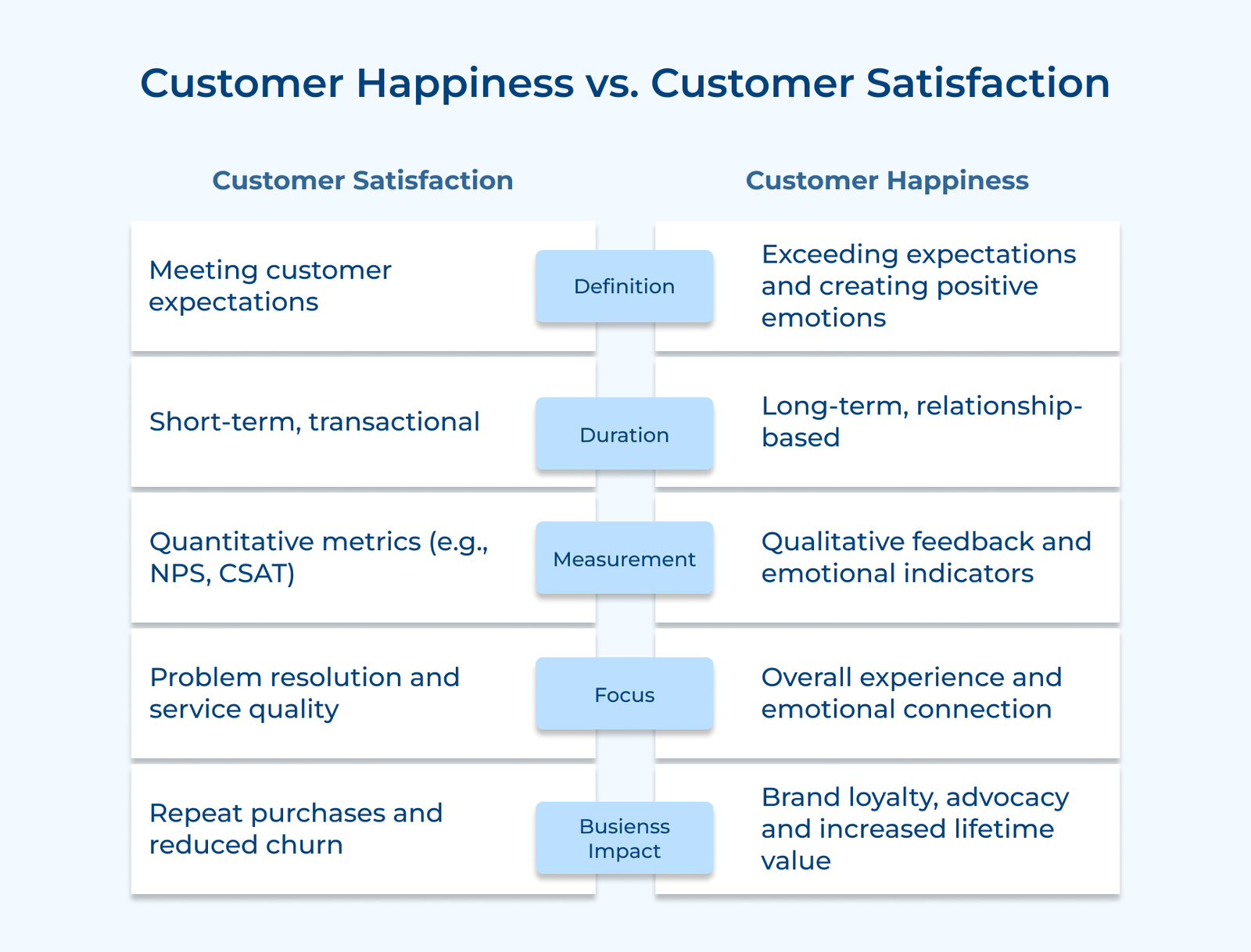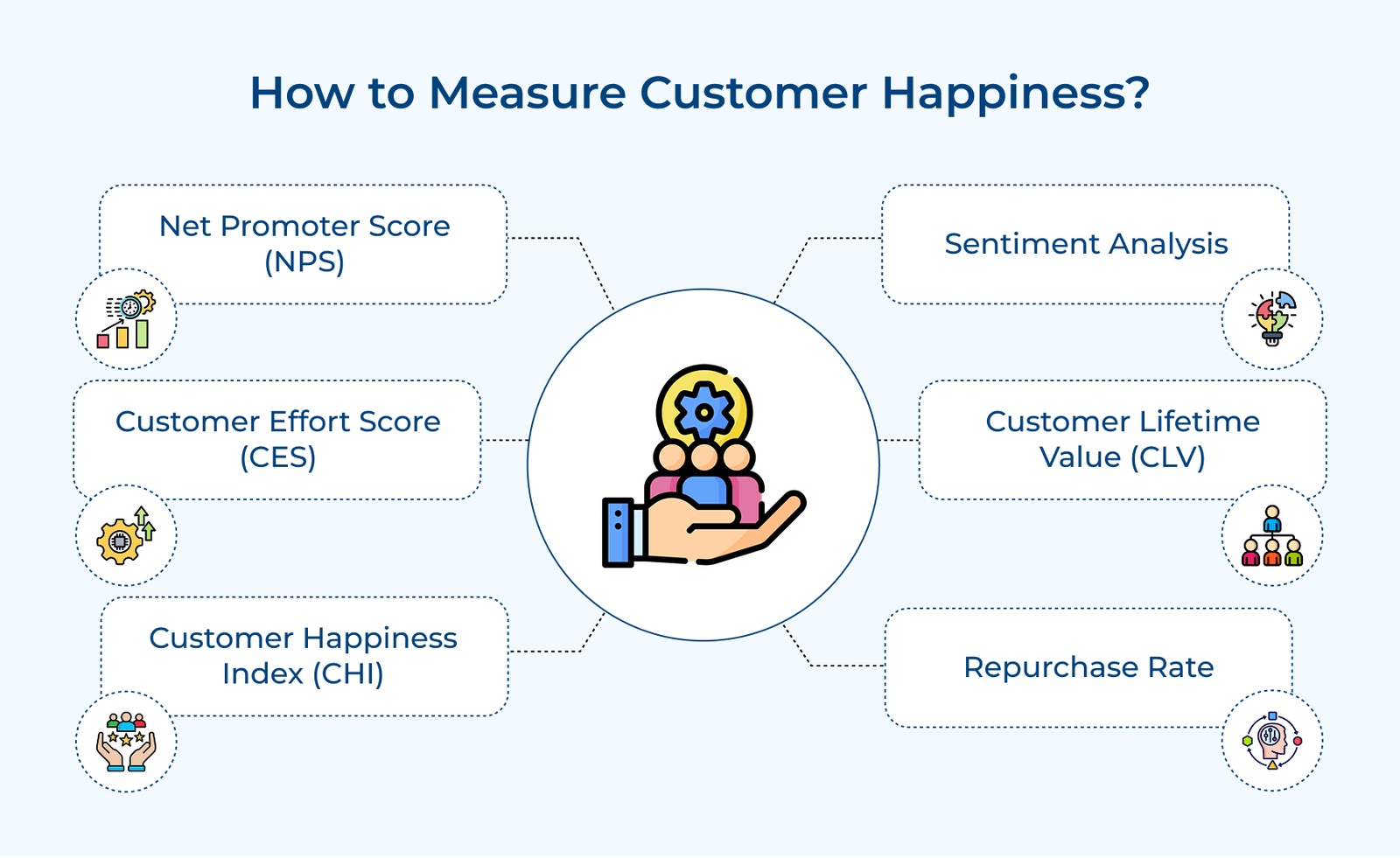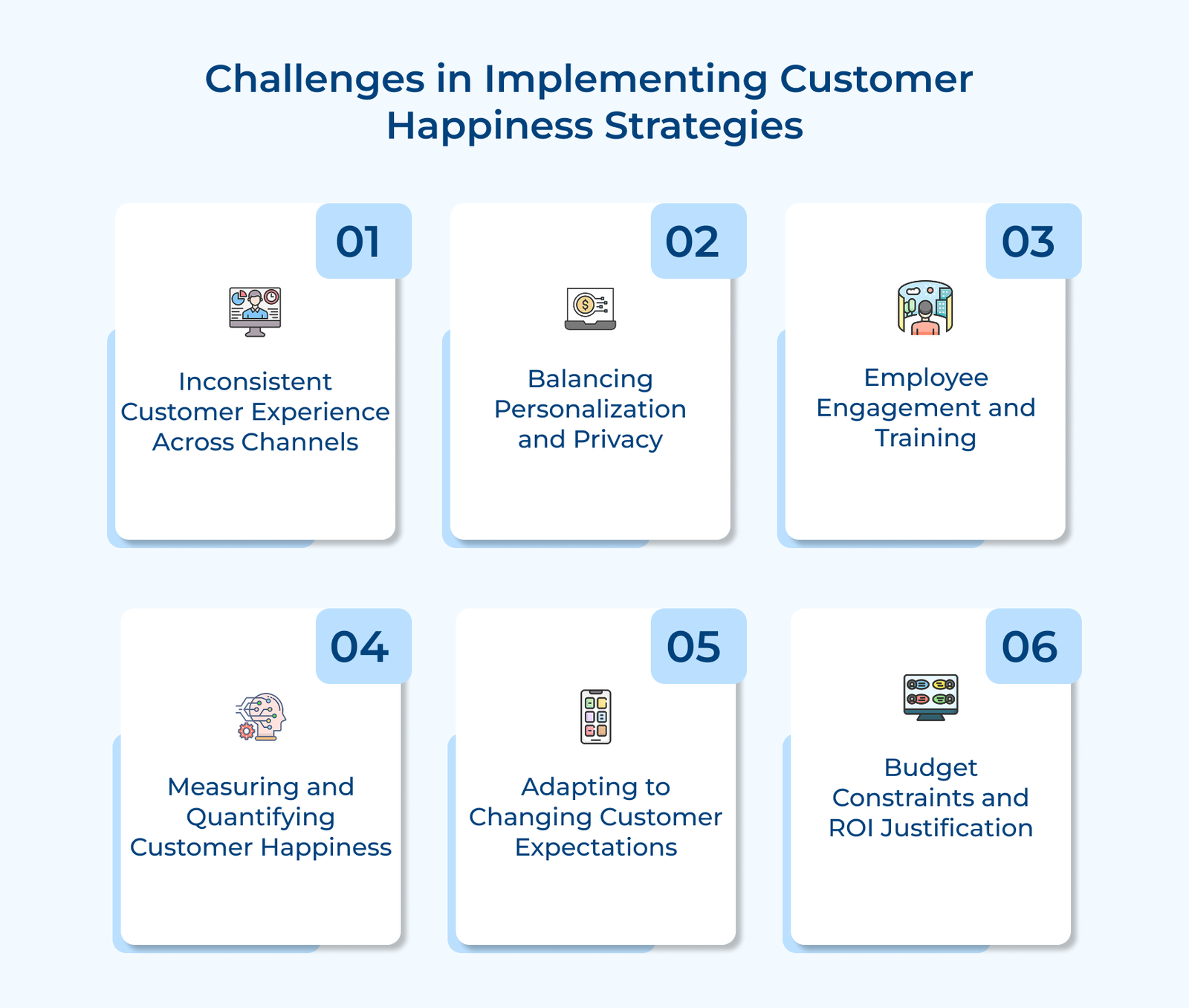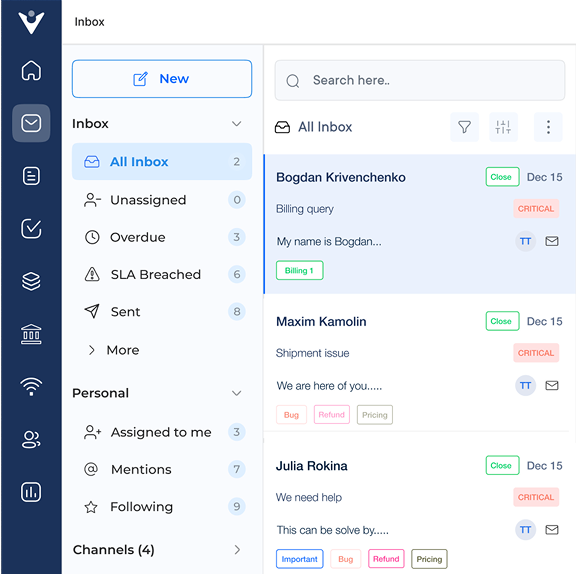1. Net Promoter Score (NPS)
Net Promoter Score (NPS) gauges customer loyalty by asking how likely customers are to recommend a company’s products or services on a scale of 0-10. Respondents are classified as Promoters (9-10), Passives (7-8) or Detractors (0-6), with the NPS calculated by subtracting the percentage of Detractors from Promoters.
NPS offers valuable insights into customer sentiment and loyalty. A high score signifies that customers are not just satisfied, but genuinely happy to recommend the brand, reflecting their experience. Tracking NPS over time reveals trends in customer happiness and highlights areas for enhancement.
2. Customer Effort Score (CES)
Customer Effort Score (CES) measures how easy it is for customers to interact with a company. Typically, it asks customers to rate the effort required to resolve an issue or fulfill a request on a scale from 1 (very low effort) to 7 (very high effort).
A low CES suggests that customers find it easy to engage with the company, which directly boosts overall happiness. Businesses can streamline processes and reduce friction by pinpointing high-effort touchpoints, leading to happier customers.
3. Customer Happiness Index (CHI)
Customer Happiness Index (CHI) is a composite metric that blends various customer feedback data points into a single score, incorporating satisfaction ratings, loyalty indicators and sentiment analysis.
CHI offers a holistic view of customer happiness, capturing nuances that individual metrics might overlook. It enables companies to track overall happiness trends while also delving into specific areas for deeper insights.
4. Sentiment Analysis
Sentiment analysis harnesses natural language processing and machine learning to evaluate customer feedback from diverse sources like surveys, social media or reviews classifying it as positive, negative or neutral.
Sentiment analysis uncovers deeper insights into customer feelings that structured surveys might miss by gauging the emotional tone of the feedback. It reveals nuances in customer happiness, pinpoints emerging issues and highlights what delights or frustrates customers in their experiences.
5. Customer Lifetime Value (CLV)
Customer Lifetime Value (CLV) estimates the total revenue a business can expect from a single customer throughout their relationship. It considers factors like purchase frequency, average order value and customer lifespan.
Though primarily a financial metric, CLV is a strong indicator of customer happiness. Happy customers typically exhibit higher CLVs, making more frequent purchases, spending more and staying loyal longer. Companies can pinpoint their most valuable customers by tracking CLV, uncovering the factors that drive their happiness.
6. Repurchase Rate
The repurchase rate gauges the percentage of customers who return for additional purchases within a specific timeframe. It’s calculated by dividing the number of returning customers by the total number of customers.
A high repurchase rate signals strong customer happiness. When customers consistently choose to engage with a brand, it’s a clear sign they are satisfied and have positive feelings toward it. Monitoring repurchase rates, especially alongside metrics like average order value and purchase frequency, can reveal valuable trends in customer loyalty.
Real-Life Example of Customer Happiness
Following are the real-life examples of exceptional customer happiness that illustrates the transformative power of truly understanding and meeting customer needs.
1. Zappos
Zappos, the online shoe and clothing retailer, centered its entire business model on customer happiness. They offered a 365-day return policy, free shipping both ways and 24/7 customer support. Empowering their representatives to go the extra mile, sometimes spending hours on a single call set them apart.
The customer-first strategy sparked exceptional word-of-mouth marketing, turning customers into passionate brand advocates. Zappos cultivated a loyal following drawn not just to the products, but to the delightful experience. The approach fueled their rapid growth and led to their acquisition by Amazon for $1.2 billion.
2. Disney
Disney is dedicated to crafting magical experiences for its guests at every touchpoint. Their “cast members” undergo extensive training in customer service, learning to go above and beyond to delight visitors. Technology also plays a key role, with innovations like MagicBand wristbands that function as hotel keys, park tickets and payment methods.
The relentless focus on customer happiness has enhanced exceptional loyalty and repeat visits to their parks. Disney’s meticulous attention to detail has cemented its status as an entertainment industry leader, enabling expansion into diverse sectors while maintaining a strong, positive brand image.
3. Amazon
Amazon’s customer-centric philosophy shines through its user-friendly website, extensive product range, competitive prices and efficient delivery system. Innovations like one-click ordering, personalized recommendations and Amazon Prime elevate the shopping experience, while a generous return policy further enhances satisfaction.
The unwavering focus on customer happiness has fueled remarkable growth, allowing Amazon to disrupt various industries and redefine e-commerce standards. Their strategy has paved the way for successful expansions into new markets, including cloud computing and streaming entertainment.
4. Ritz-Carlton
Ritz-Carlton empowers its employees to craft unforgettable experiences for guests, allowing staff to spend up to $2,000 daily to resolve issues or delight customers without needing manager approval. They also create detailed guest preference profiles to tailor experiences for returning patrons.
The approach has established Ritz-Carlton as a leader in luxury hospitality, leading to impressive customer retention and strong brand loyalty. Their commitment to customer happiness enables them to maintain premium pricing, as guests are willing to pay more for exceptional service and personalized attention.
5. Trader Joe’s
Trader Joe’s creates a unique and enjoyable shopping experience by offering a curated selection of high-quality, often exclusive products at affordable prices. Their friendly staff contribute to a relaxed, neighborhood store vibe, while new products are regularly introduced based on customer feedback.
The customer-centric strategy has enhanced a loyal following that values the Trader Joe’s approach to grocery shopping. Despite minimal advertising, the company has thrived through word-of-mouth referrals, effectively competing with larger supermarket chains and maintaining strong customer loyalty in a crowded market.
Challenges in Implementing Customer Happiness Strategies
We will explore the key challenges businesses face when striving for customer happiness and offer insights on how to overcome them.






